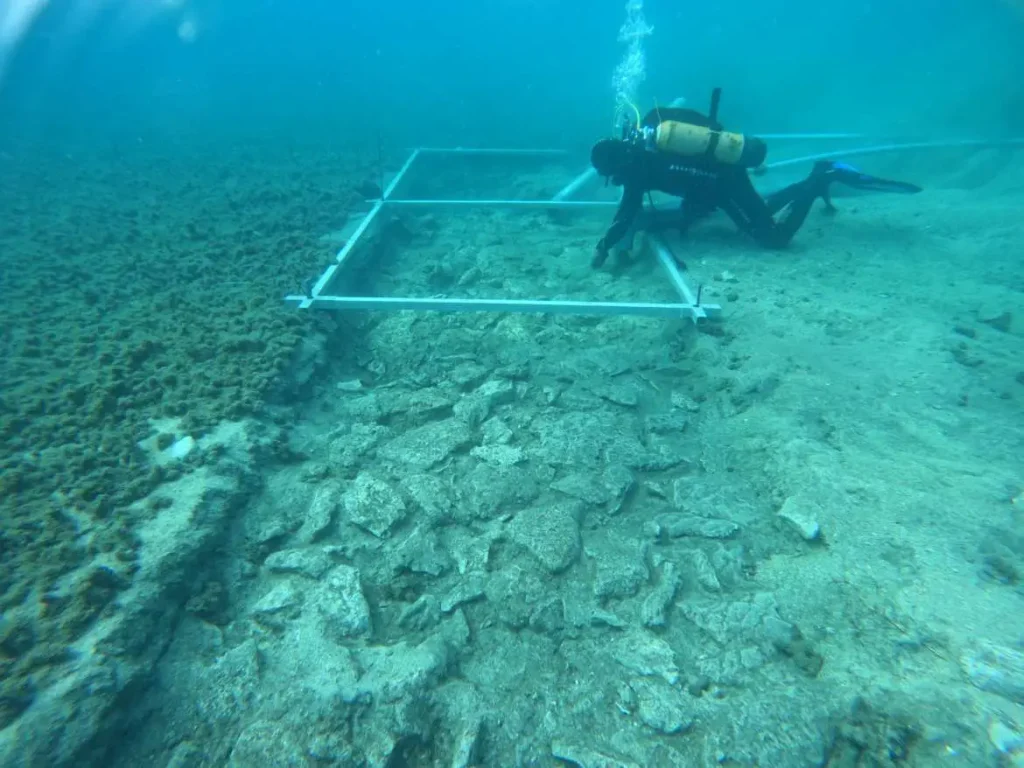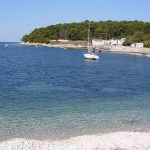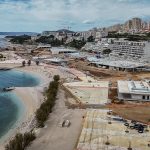May 7, 2023 – Another sensational archaeological find off the island of Korcula – check out where people used to walk 7,000 years ago.
It is the island that keeps on giving with its secrets of the past.
Best known as the supposed birthplace of Marco Polo and one of the most beautiful of all Croatian tourist destinations, the island of Korcula – which was the first place in the world to abolish slavery back in 1214 – is providing yet more evidence of is ancient past.
The island’s attractions include Vela Spila near Vela Luka, which has documented Stone Age life dating back 20,000 years, while the Psephisma in Lumbada is a stone tablet, whose words detail the origins of the settlement some 2,300 years ago.
And now, the latest discovery, which has been posted on Facebook by the Univerity of Zadar – a translation of which is below.
ARCHAEOLOGISTS FOUND A 7,000-YEAR-OLD ROAD UNDER THE SEA
? In the underwater archaeological research of the submerged Neolithic site of Soline on the island of Korčula, archaeologists found remains that surprised even them. Namely, under the deposits of sea mud, a road was discovered that connected the sunken prehistoric settlement of the Hvar culture with the coast of the island of Korčula.
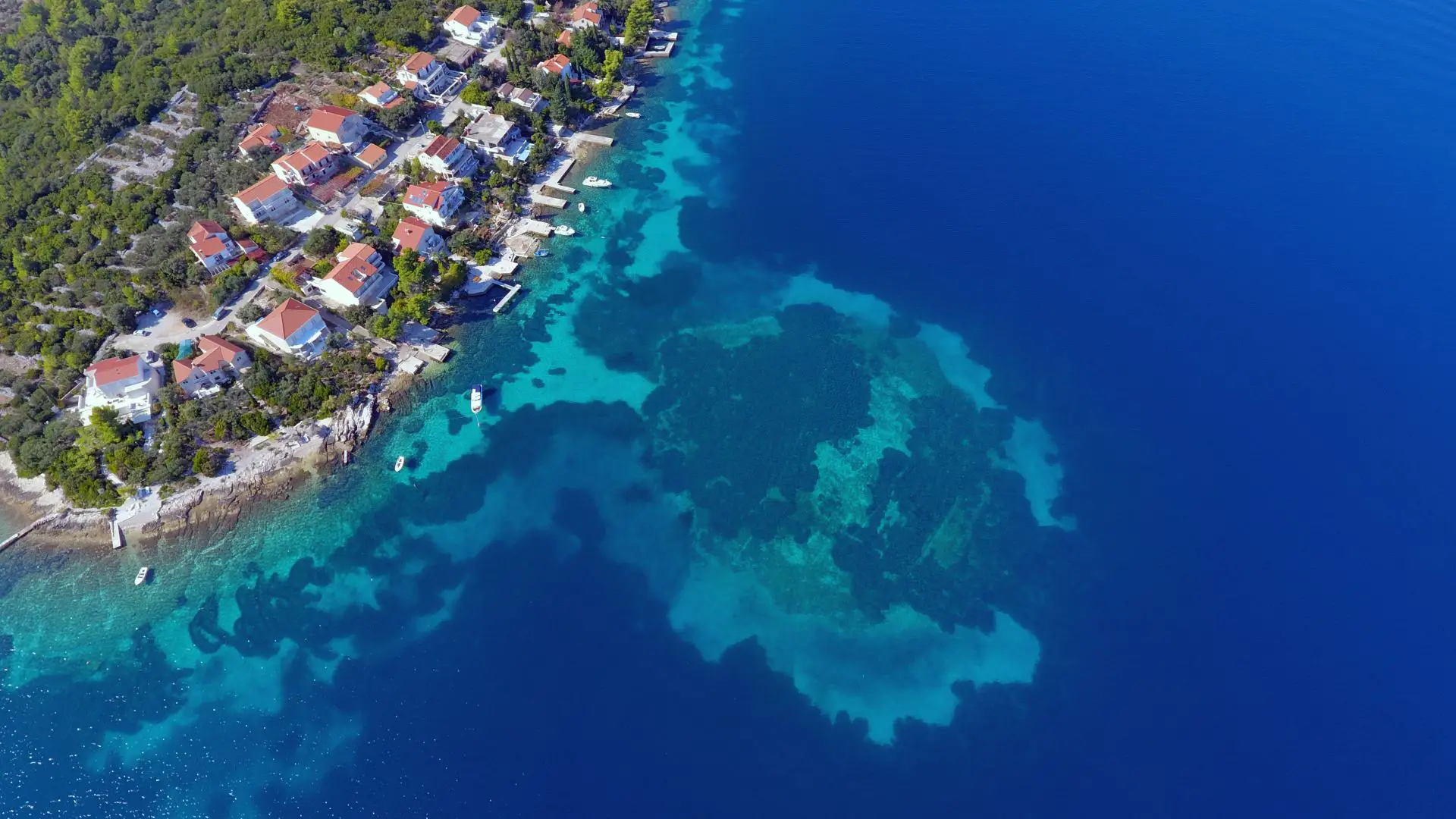
These are carefully stacked stone slabs that were part of a four-meter-wide communication that connected the artificially created island to the coast. By radiocarbon analysis of preserved wood found in the last campaign, the entire settlement was dated around 4,900 years before Christ. People walked on this communication and that almost 7,000 years ago.
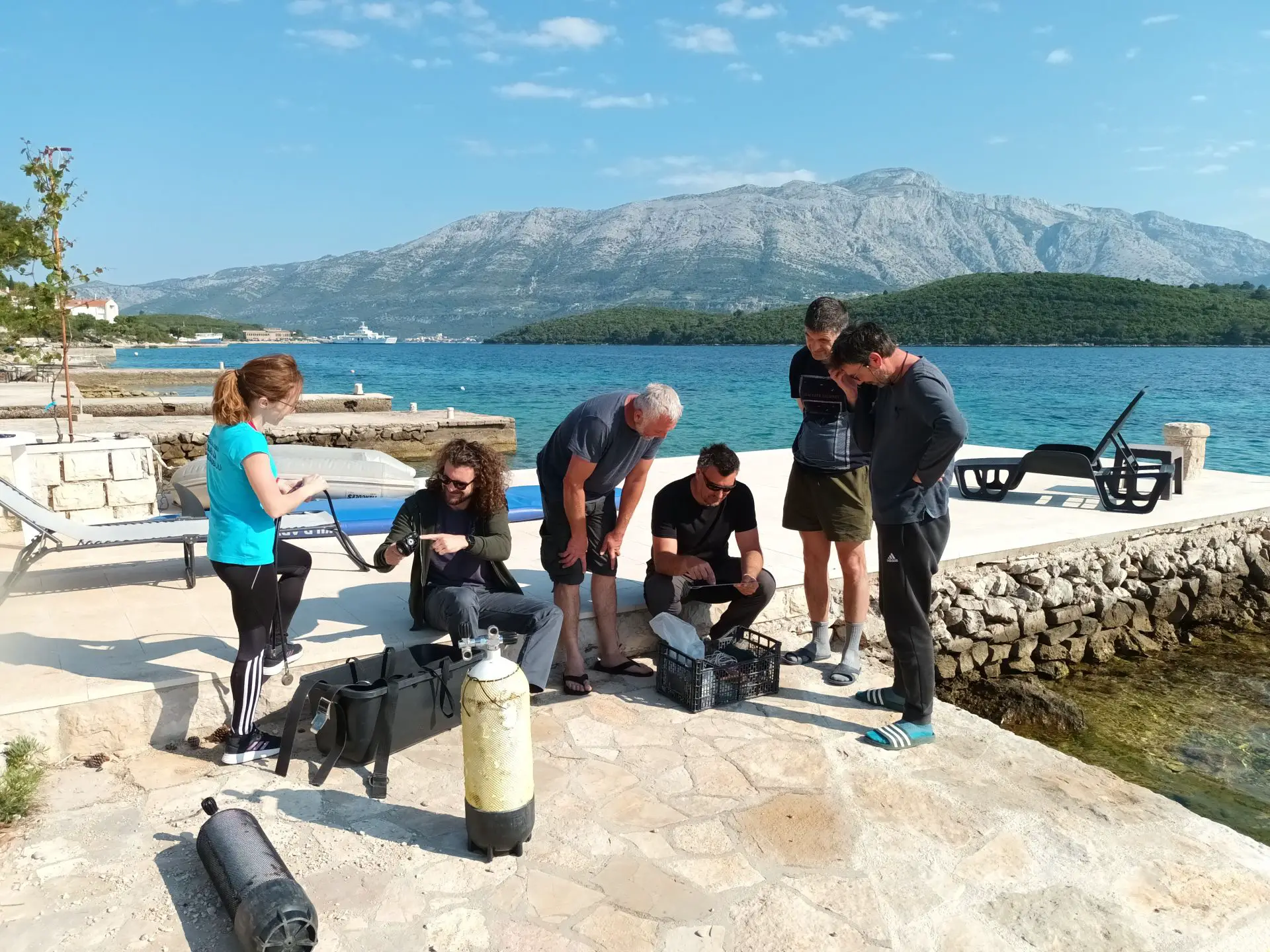
The research is the result of the collaboration of several institutions and companies, and in addition to the leader Mata Parica from the University of Zadar, there were Domagoj Perkić (Museums of Dubrovnik), Ivan Šuta and Vedran Katavić (Museum of the City of Kaštela), Katarina Batur (University of Zadar), Marta Kalebota ( City Museum of Korčula), Eduard Visković (Kantharos), with the assistance of Dalibor Ćosović from the diving center Lumbard Blue.
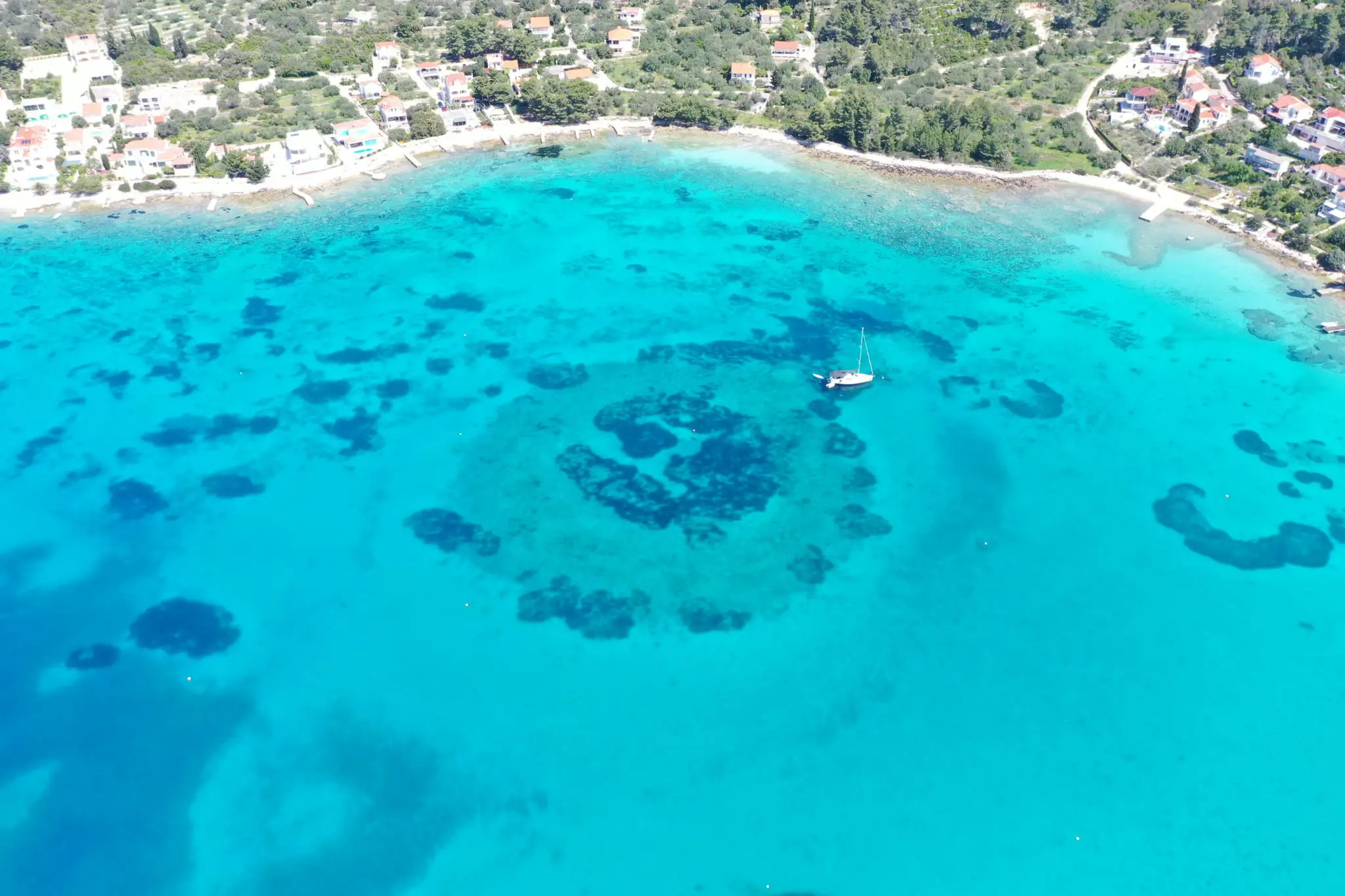
At the same time, on the other side of the island of Korčula, archaeologists from the University of Zadar are conducting land research near Gradina bay near Vela Luka. It was Igor Borzić, the head of the research, who noticed the strange structures in the sea of the bay.
The archaeological team diving at the Soline site inspected the central part of the Gradina bay, and to everyone’s delight, the existence of a settlement almost identical to the one at Soline was determined at a depth of 4 to 5 meters. Neolithic artifacts such as flint blades, stone axes, and fragments of millstones were found at the site.

